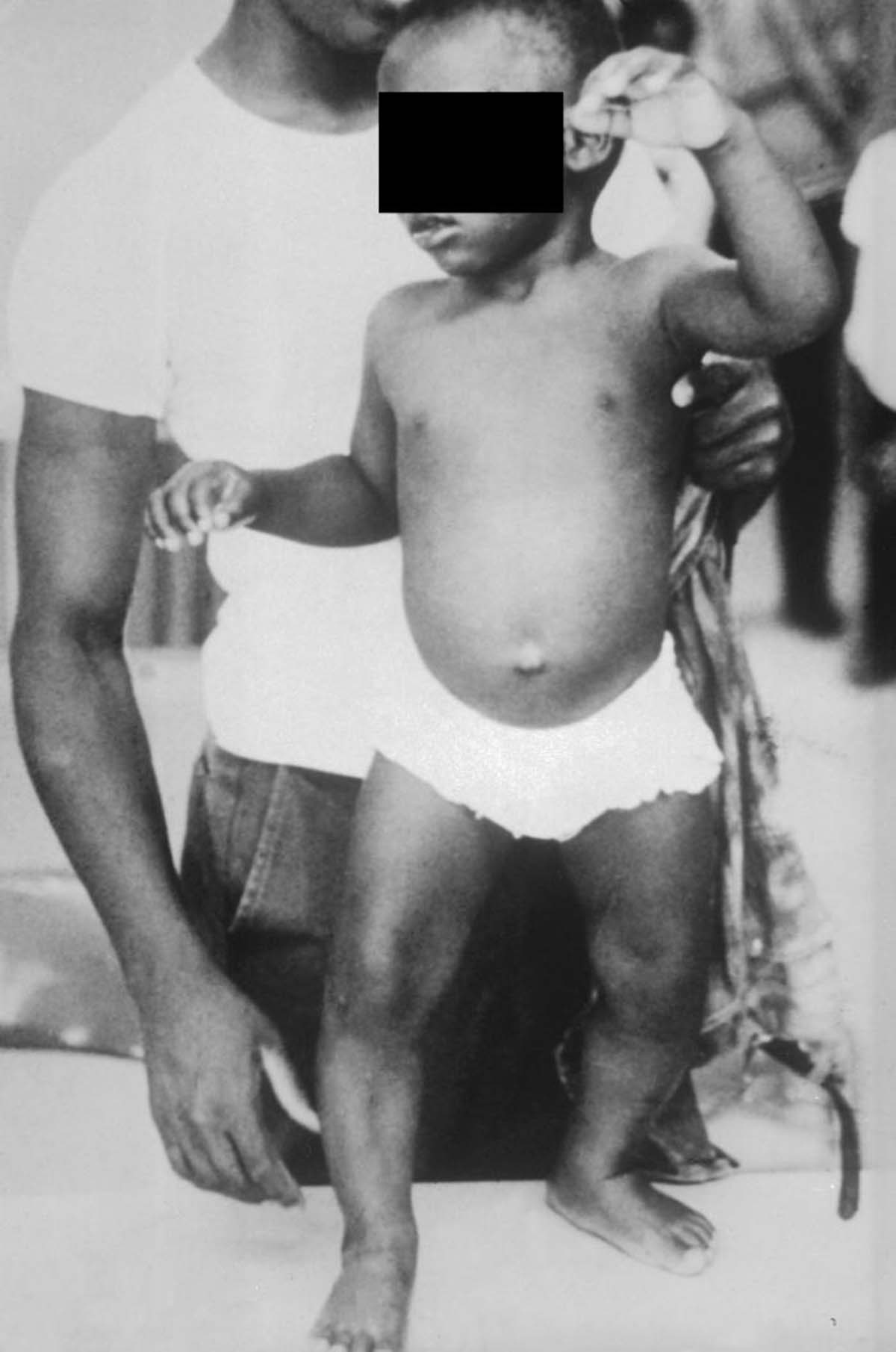
Introduction to rickets
This is a rare disease that affects bone development at a young age. In the case of rickets, the bones are softened and weakened, which leads to skeletal deformities such as bowed legs and a curvature of the spine in some cases.
Sometimes adults can have rickets as well, which is called osteomalacia, which means that the bones are soft.
The usually cause of this condition is a severe lack of vitamin D and calcium, which are essential parts of the diet for maintaining strong bones.
Sometimes, however, there are children who are born with a genetic form of the condition or develop rickets because of an underlying condition that affects the absorption of vitamins and minerals.
Usually, children will need to consume additional vitamins and mineral supplements in order to treat the condition.
Symptoms
Rickets will cause the bones to become weaker and softer. This will result in pain in the bones and soreness. Skeletal deformities will also be seen, such as soft skull bones, bowed legs, spinal curvatures, thick ankles, wrists and knees, and breastbones that stick out, which is usually referred to as a pigeon chest.
The bones will become fragile as well and they will be more prone to injuries such as breaks and fractures.
Dental problems can also appear, such as delays in teeth coming out of the gums or very weak tooth enamel.
As the child gets older and the condition remains untreated, new symptoms will develop. The child may begin to walk strangle, like a waddling. The bones may begin to bend as well and there will be an added weakness and pain of the muscles.
Causes
There are three major causes of rickets and they are a vitamin D and calcium deficiency, a genetic defect or an underlying disease causing the bone deformations.
Vitamin D comes from too major sources, food such as oily fish, eggs and fortified breakfast cereals and from sunlight.
Treatment
In order to treat rickets that are caused by a dietary deficiency or a lack of sun people need to take daily doses of calcium and vitamin D supplements. They will also need to have a vitamin D injection every year and to increase the intake of calcium-rich foods.
The doctor will tell the patient how much vitamin D and calcium they need and will prescribe the appropriate dosage and methods.
When the rickets occur from an underlying condition, naturally, that condition must be treated in order for the rickets to go away.
Some underlying conditions that can lead to rickets include kidney disease and osteomalacia.
Kidney diseases might need to be treated by way of dialysis.



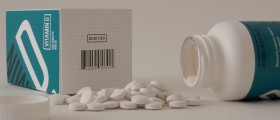




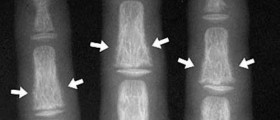
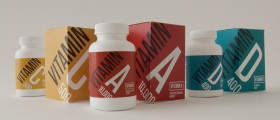

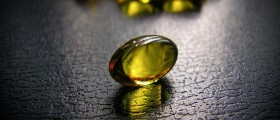
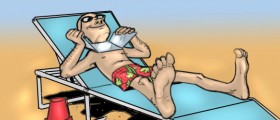

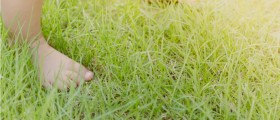

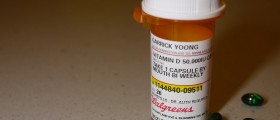
Your thoughts on this
Loading...